Ortolan Bunting

Ortolan bunting song.
Recorded using a mid MONO parabolic microphone – 2 x Primo EM172 caps and a 33 cm dish.
Filmed with a Sony Nex6 + adapter and a Lens Nikon 400/5,6 IF-ED.
Special thanks to Gastone Pivatelli.
12.5 cm Parabolic Microphone & LS-P1
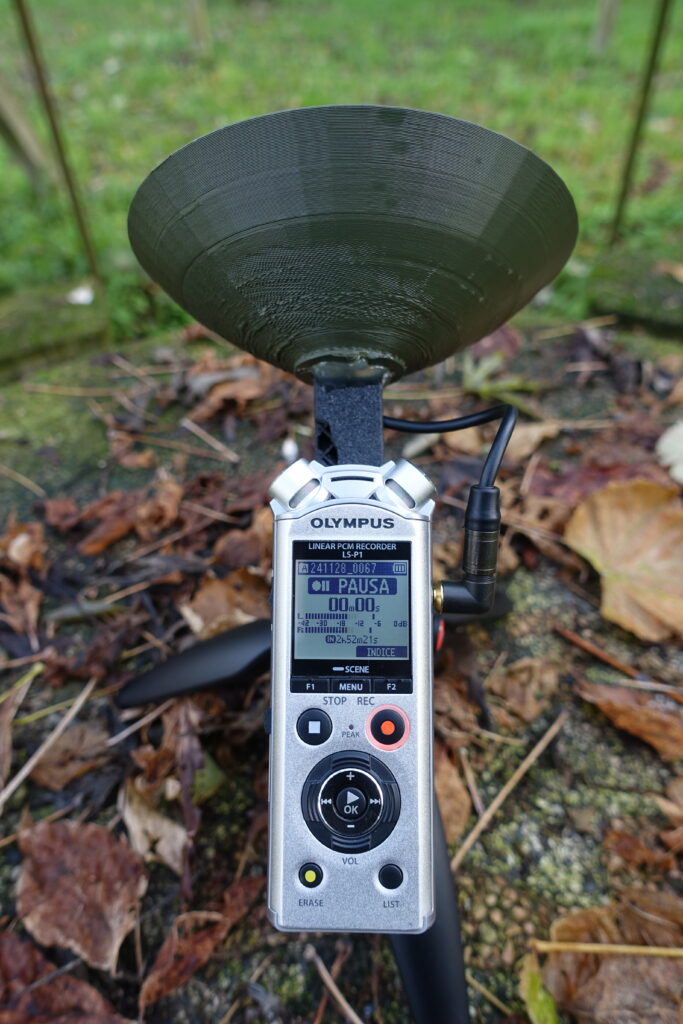
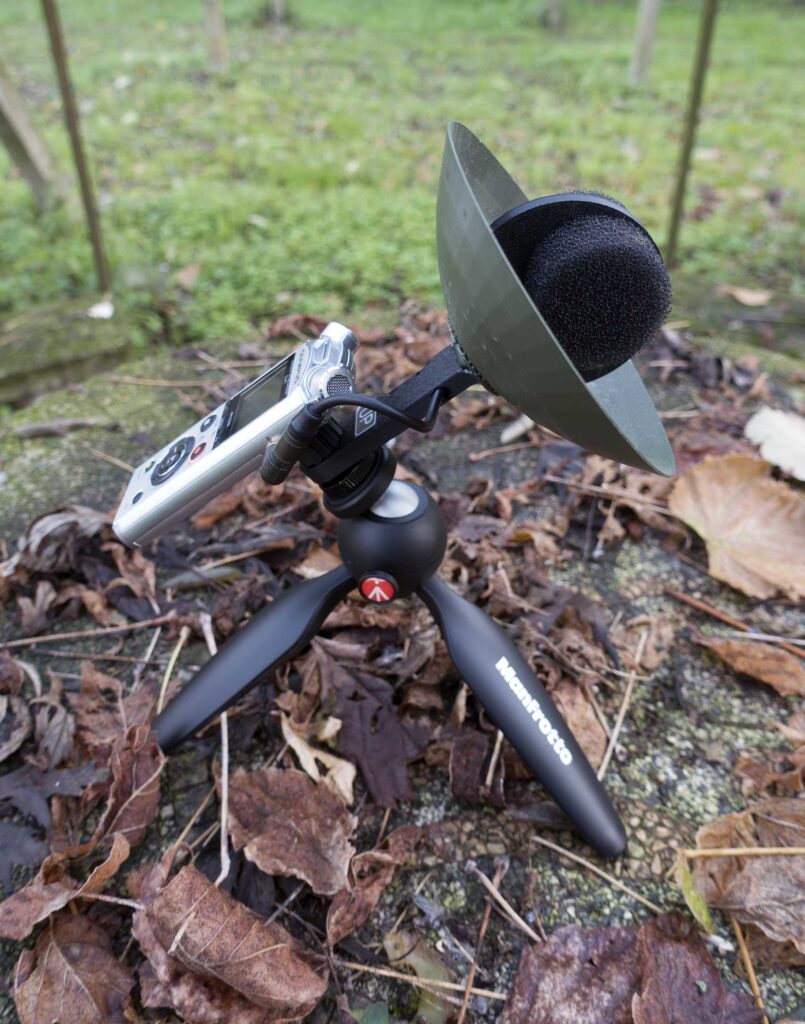
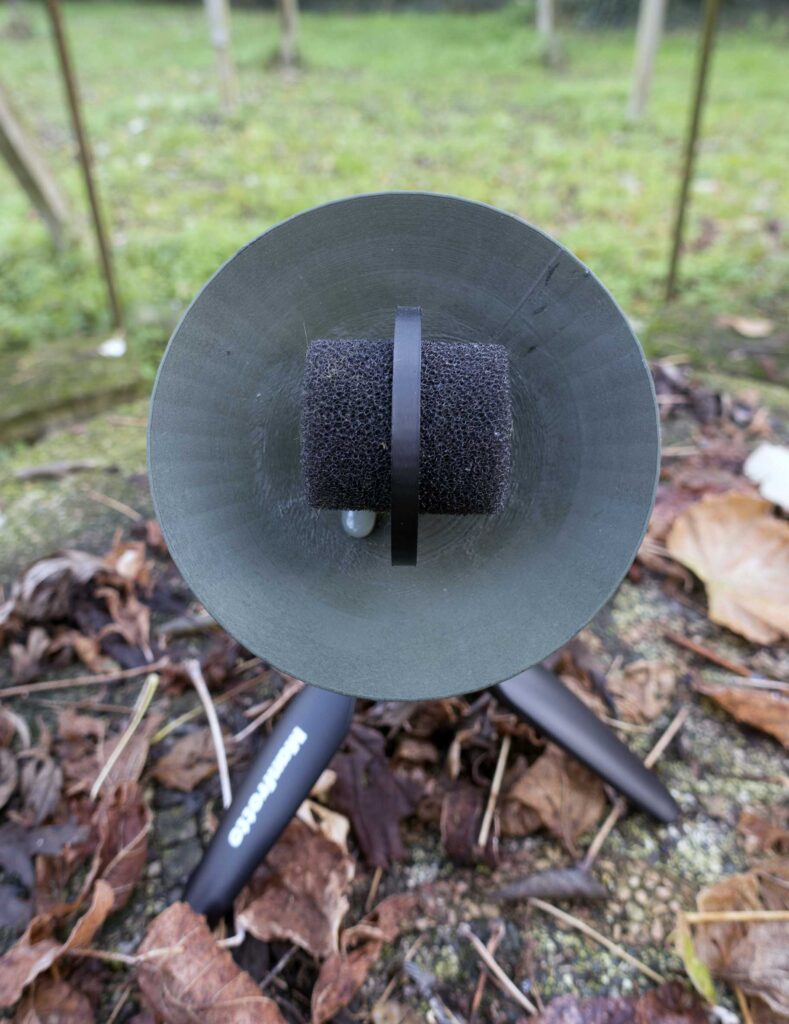
I tried to make a stereo parabolic microphone setup as compact as possible.
I 3D printed a 12.5 cm dish with a focal point at 3 cm. I also printed a 6.5 cm diameter stereo baffle separator, inside which I placed two PUI AOM 5024 omni capsules in an “quasi PZM” position (see here for more info).
To remain consistent with the small size, a compact recorder I used an inexpensive Olympus LS-P1.
I then tried to make a recording at a Cattle Egrets roost (currently about 300 units, which will then double during the winter) located in my large garden at home.
Using headphones you can perfectly hear the blackbird and the robin, where they emit their calls in the midst of the herons’ cries, placed to the left or right exactly where they were in fact.
Clearly the amplification of the small parabolic dish affects only the few high frequencies recorded.
The stereophonic baffle assembly seems to work despite its extreme compactness.

Tascam FR-AV2 / Mid side Parabola

Cattle Egret Bubulcus ibis and African Sacred Ibis Threskiornis aethiopicus roost at night in my garden (North Italy), here in the cold of the rime and the fog.
This is a recording made using a Mid Side Stereo Parabola. The microphones inside are AOM 5024 on the MID channel, and a JLI-1160 figure eight capsule on the Side channel.
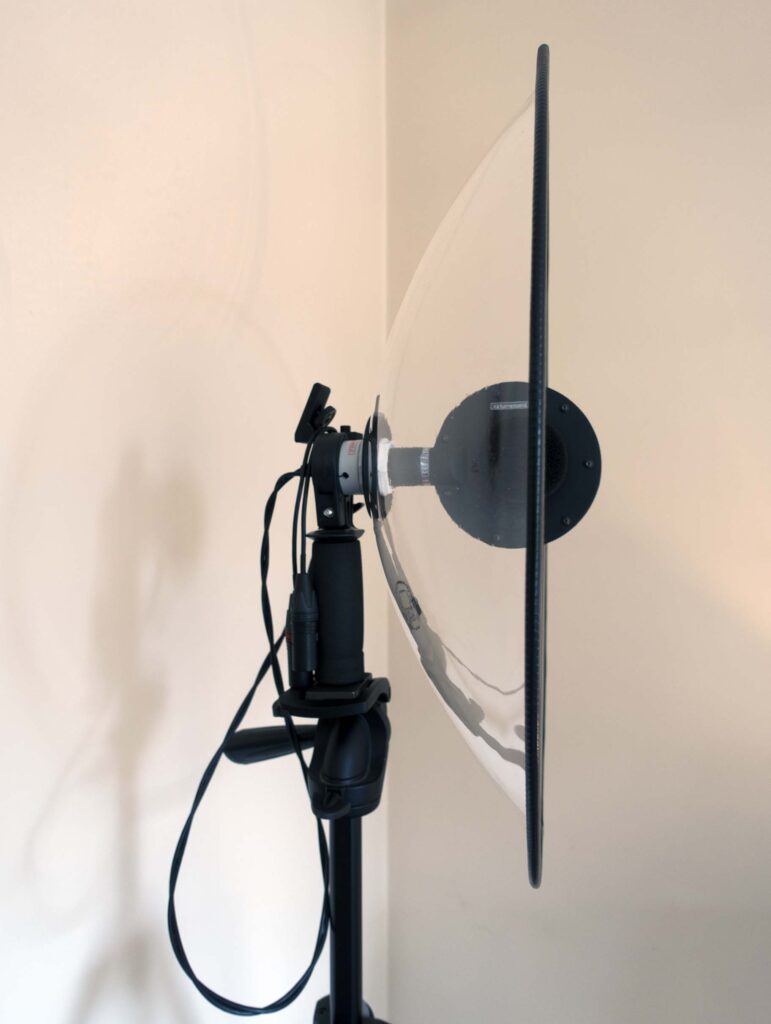
The Old and the New
I’m very attached to old things and at the same time devoted to innovation, so I’m always torn between using one or the other.
For example, if I use a Mid Side microphone setup, I could use a Sound Devices 302 coupled with a Fostex FR2Le, such as the very compact FR-AV2.
The convenience of moving around with a single very small device Vs. a fairly heavy set divided into two units.
If I have to favor the Mid Side functions of varying the width of the field angle while recording, I must necessarily use the combination with Sound devices 302.
This function with the Tascam FR-AV2 only occurs when recording is stopped.
the OLD
Sound Devices 302 +Fostex FR2Le
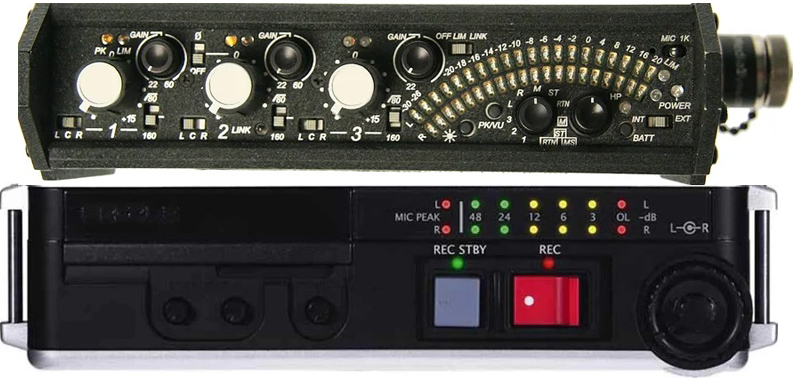
___________________________________________________
the NEW
Tascam FR-AV2
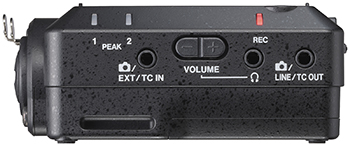
TASCAM FR-AV2 Vs. ZOOM F3
A few weeks ago I did a simple test with an electronic metronome. The file is downloadable from Soundcloud. You can analyze the silence between one beat and another.
Finally, I measured EIN Equivalent Input Noise with the 150 Ohm resistor method as described here https://www.youtube.com/watch?v=SdHn4L1TGds
Result for FR-AV2 is EIN -127.98 dB
ZOOM F3 Vs. H1xlr
A few weeks ago I did a simple test with an electronic metronome.
The file is downloadable from Soundcloud.
You can analyze the silence between one beat and another.
naturesound.it Parabolic Microphones in the World
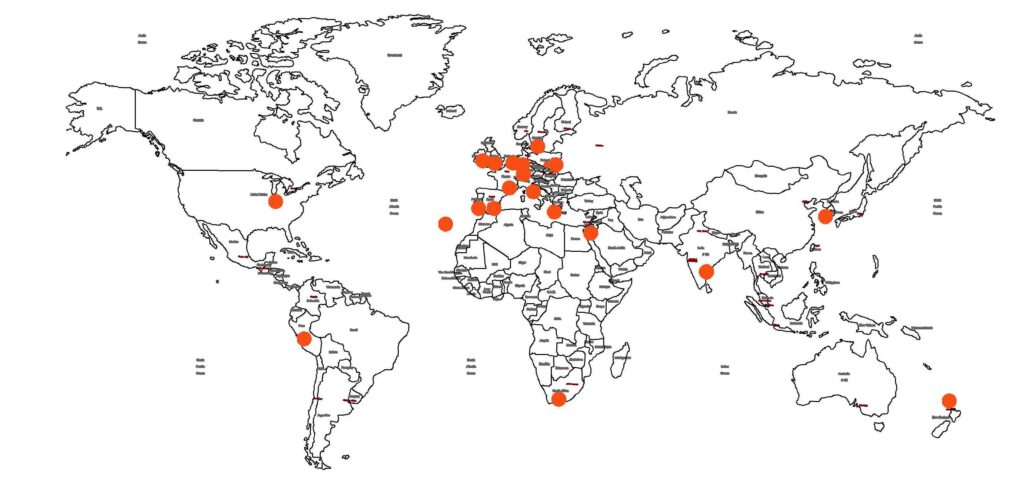
ZOOM H1e Essential Vs. ZOOMF3
There is a debate, from time to time, about the PIP Plug In Power connection at about 5 volts, compared to the Phantom Power connection at 24-48 Volts. I did a practical test, to actually see what the difference can be between one and the other connection system. I used two recorders of the same brand, but of different price ranges, the Zoom H1e Essential and the Zoom F3, both with 32-bit resolution. The F3 has superior quality microphone preamps, which bring the recorder to a noise level of -127 dB; on the other hand, the preamps inserted inside the H1e give a signal that, on paper, is noisier. I have not yet seen a test online relating to EIN (Equivalent Input Noise) for the H1e, but it is reasonable to assume that it is roughly the same as that of the H1n model that preceded it, that is -112 dB. We therefore have a difference of 15 dB in favor of the F3. It is reasonable to expect a notable difference between what is recorded with the two recorders that I have put to the test.
Listen to the test and try to give your impression, the file is freely downloadable.
As a personal opinion on this very quick test I feel like saying that, despite the difference in features between the two recorders, and if we want also in price, in the end for a soundscape type recording in a not too silent environment like in this case, the differences fade to such an extent that it is not easy to distinguish one recording from the other.
In conclusion: better to have with you a recorder, even if small and cheap, and carry out the recording, rather than not having one at all! But this is a rule that applies to everything |
PS – I could have used a recorder that allows you to record from the XLR socket and the PIP simultaneously, such as a Sound Devices Mix Pre II, but I wanted to take the test to the extreme by adding a different level of microphone preamps to the different type of connection.
Zoom F3 microphones stereo baffle
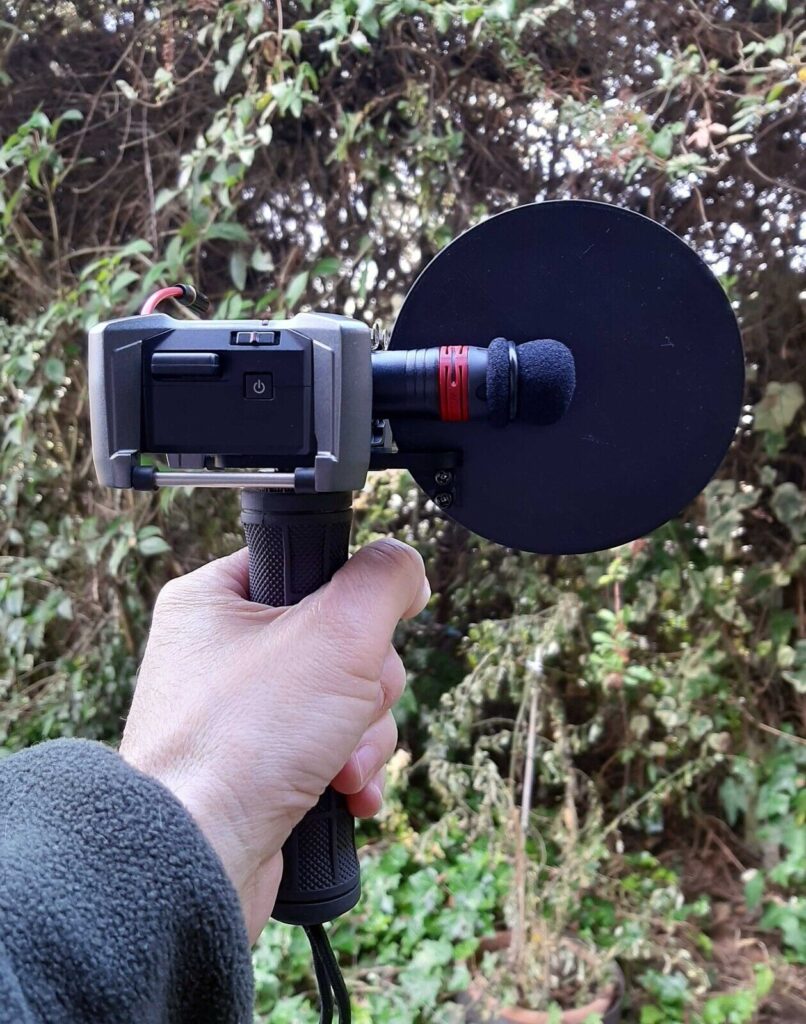
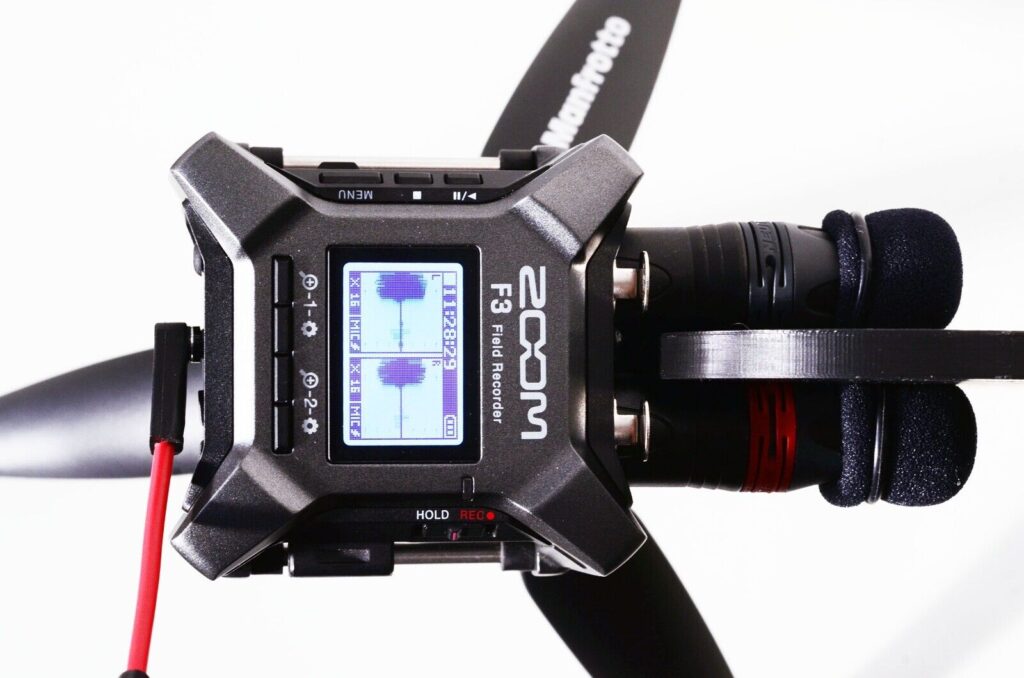
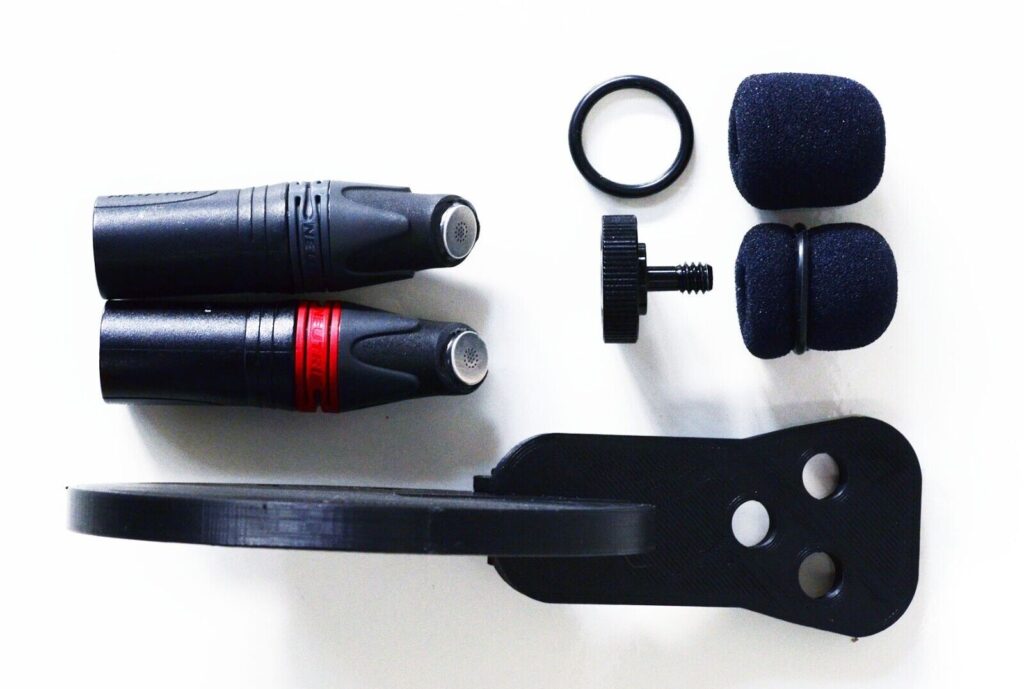
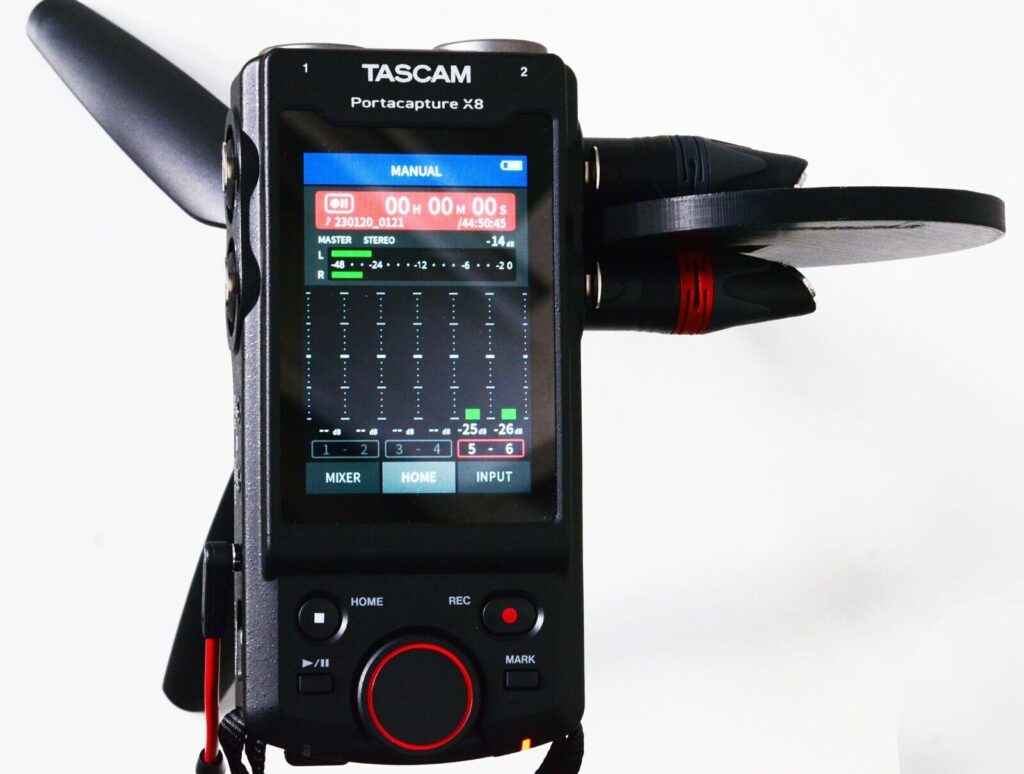
___________________________________________________
ZOOM H1e Essential stereo baffle
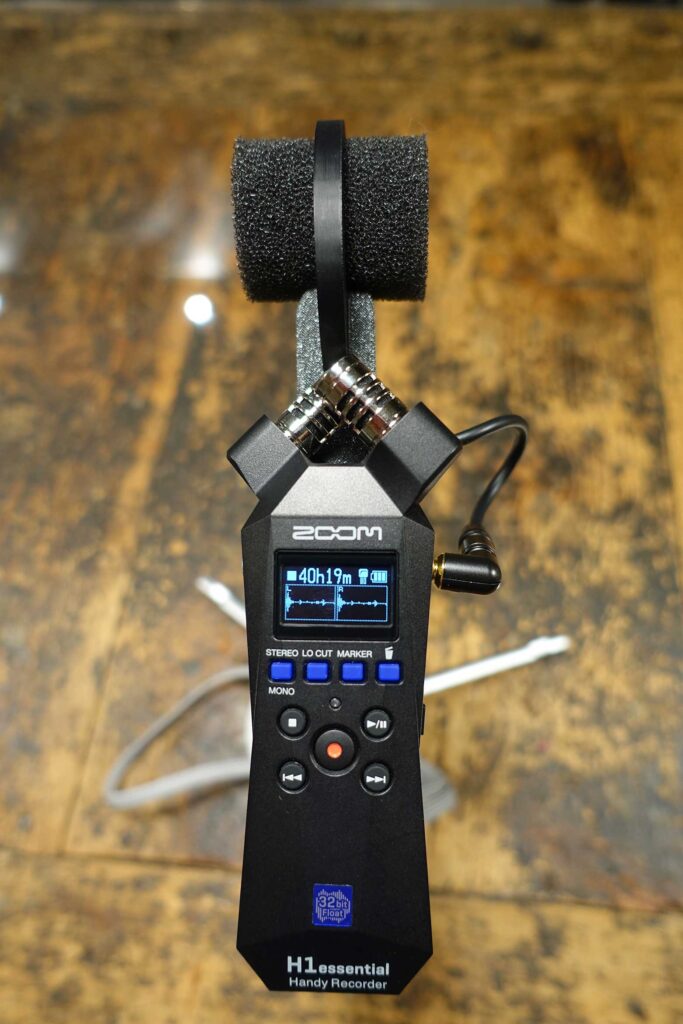
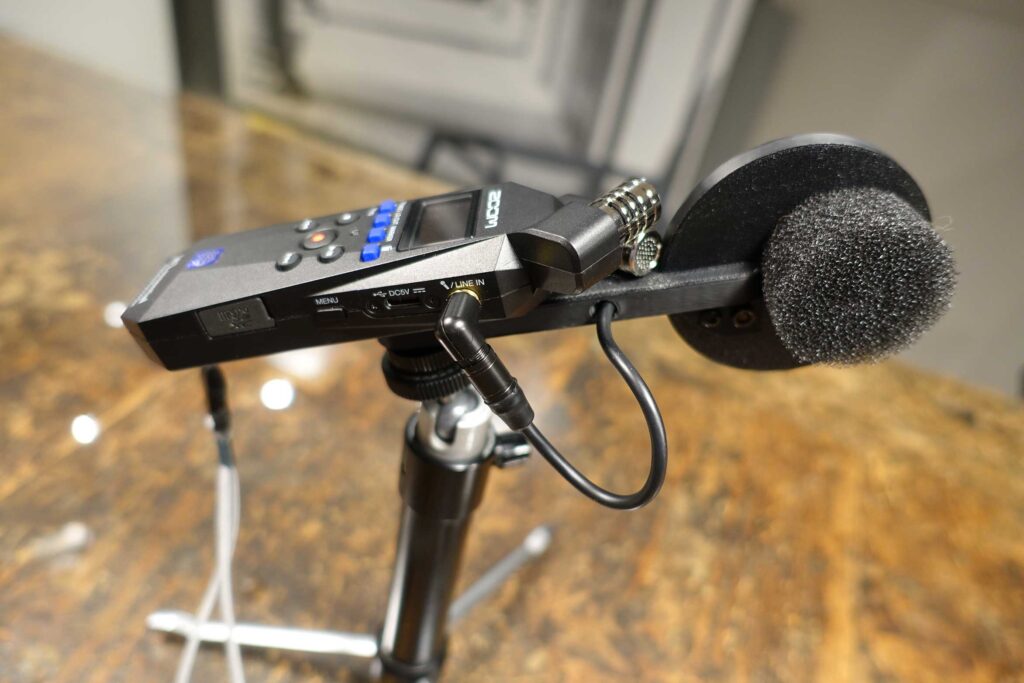
Sennheiser ME66 Ph. 48v Vs. 1.5v
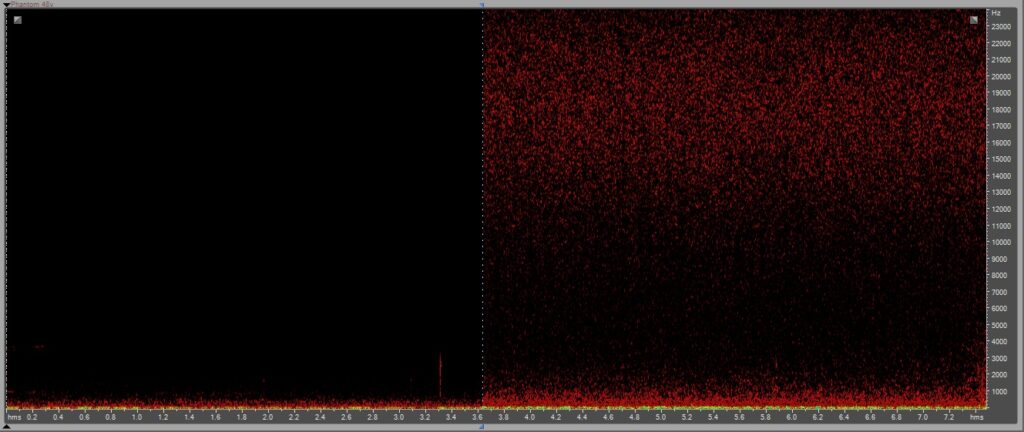
Left Phantom Power 48v – Right 1,5v AA battery at the same Rec Level.
Warm Audio 47jr Vs. Rode NT1a
Tonight I tried to do a field recording to see/hear the difference between the Warm Audio WA47jr and the Rode NT1a.
I recorded a nightingale singing.
The files were normalized to -0.1 dB
ZOOM F3 – WARM AUDIO WA47jr – RODE NT1a
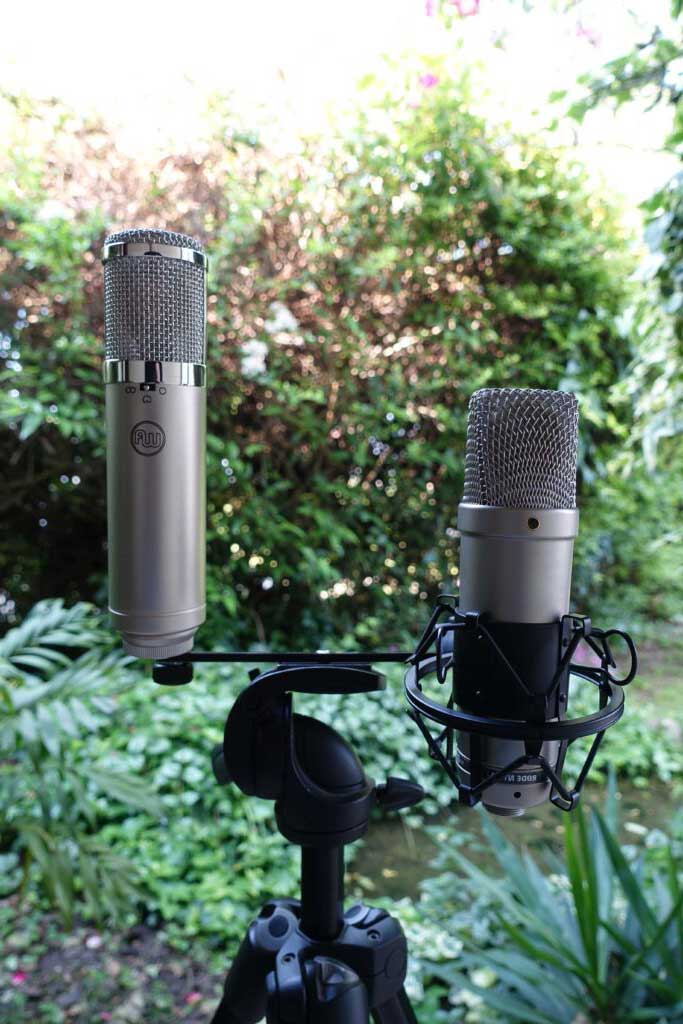
Please not: I reversed the image to avoid confusion in the listening sequence

Commenti recenti